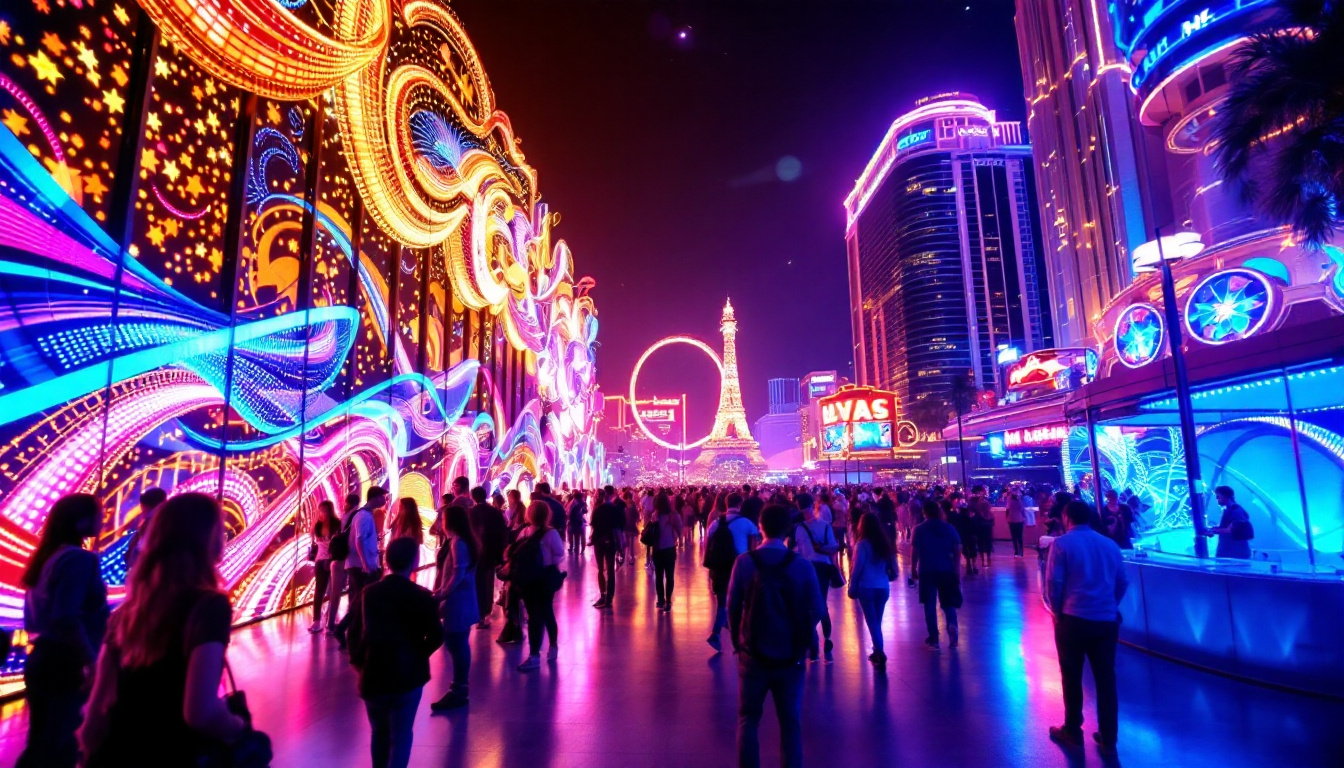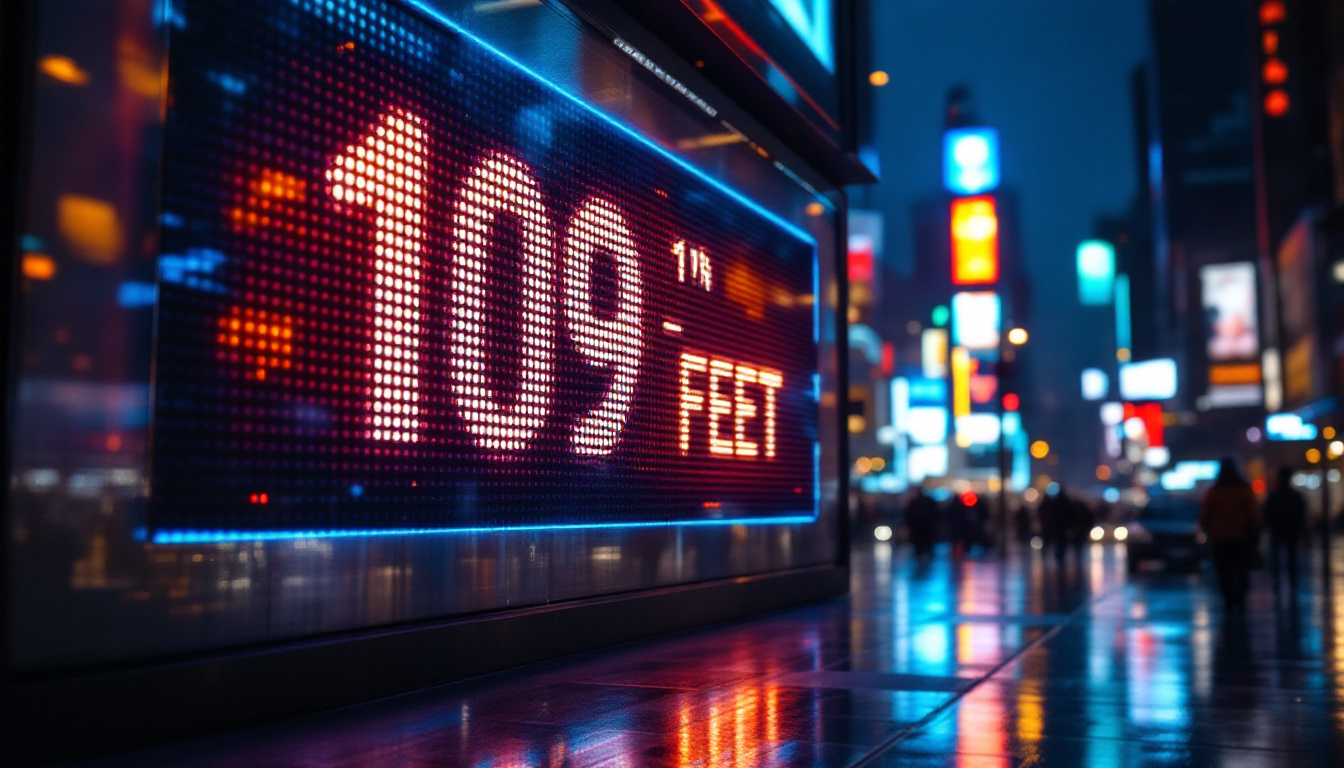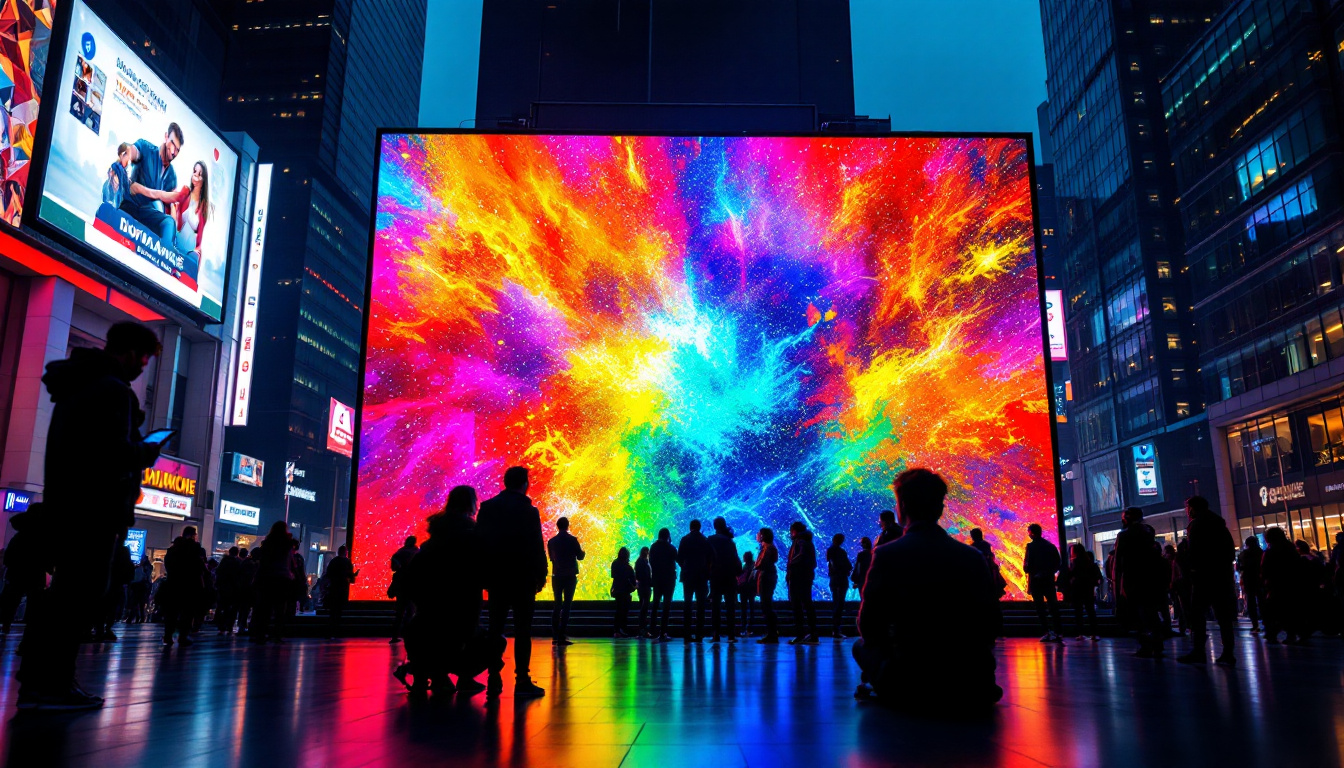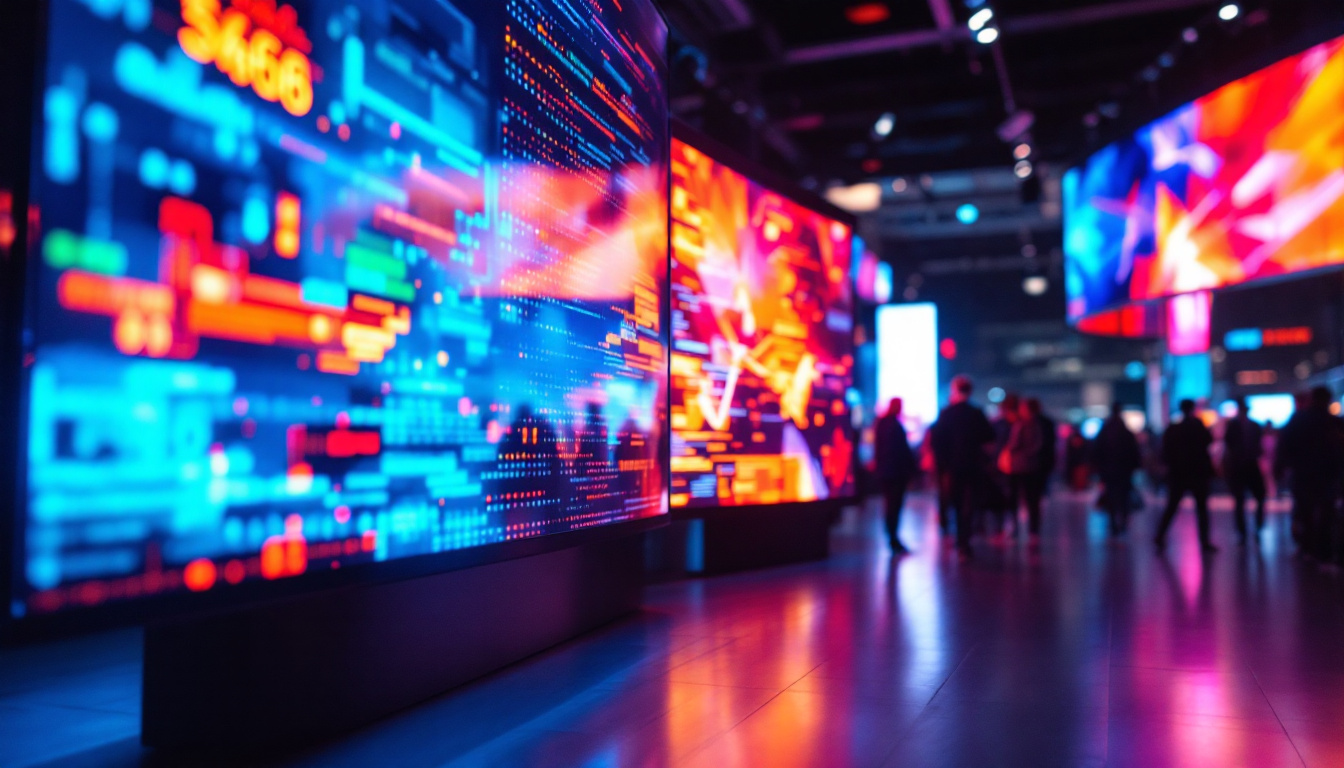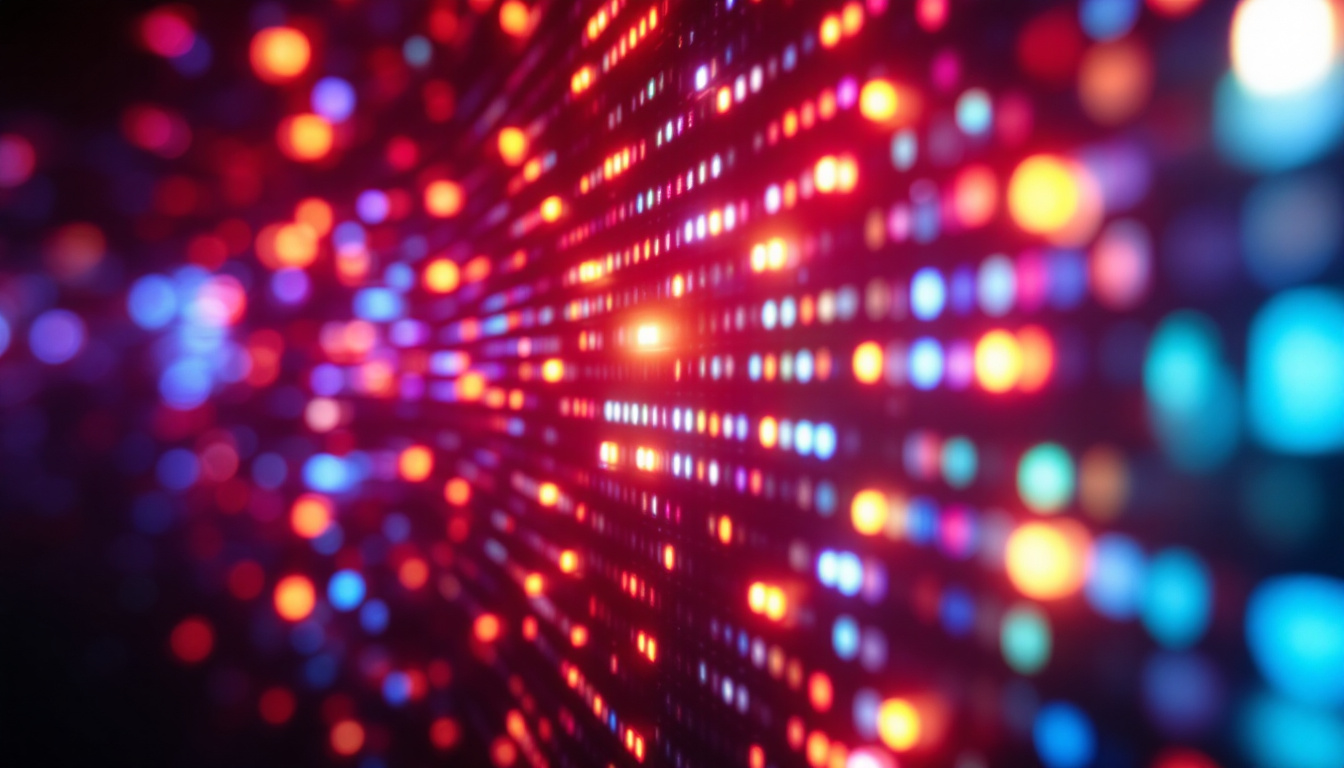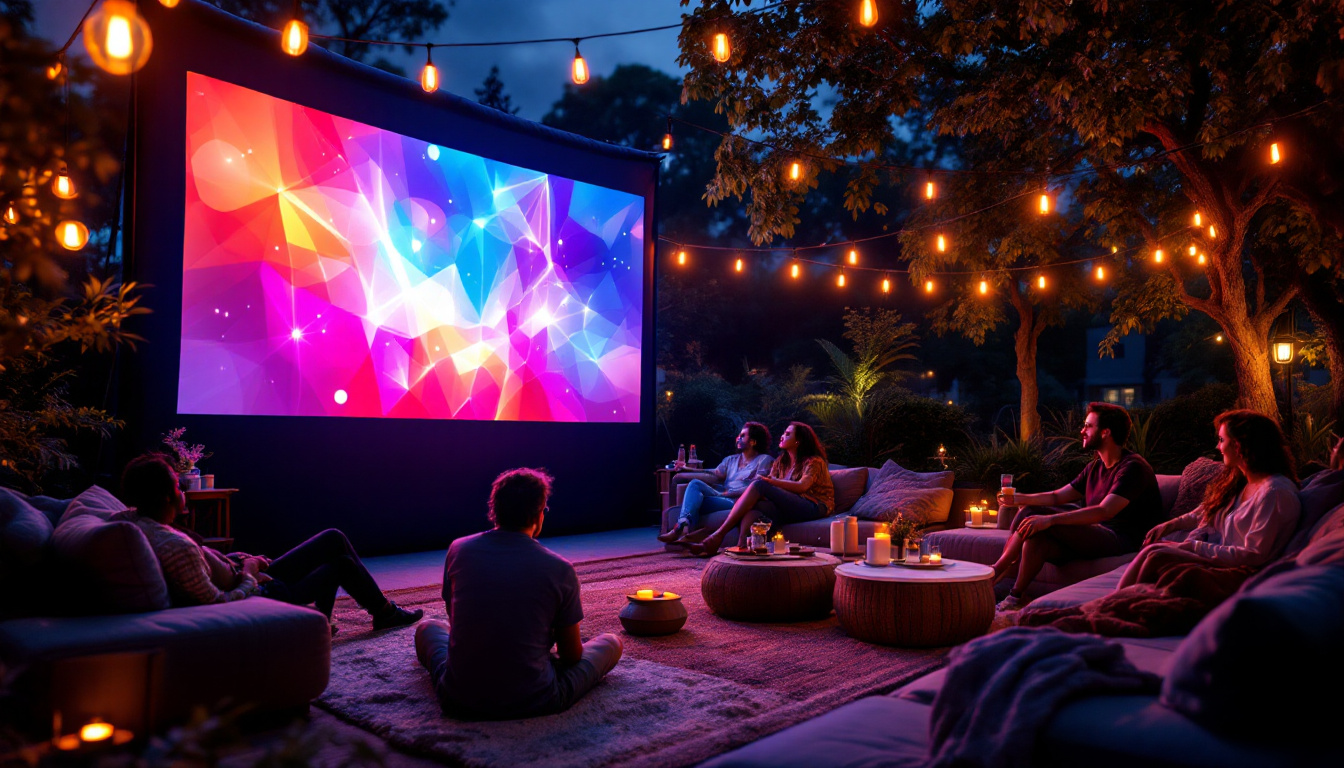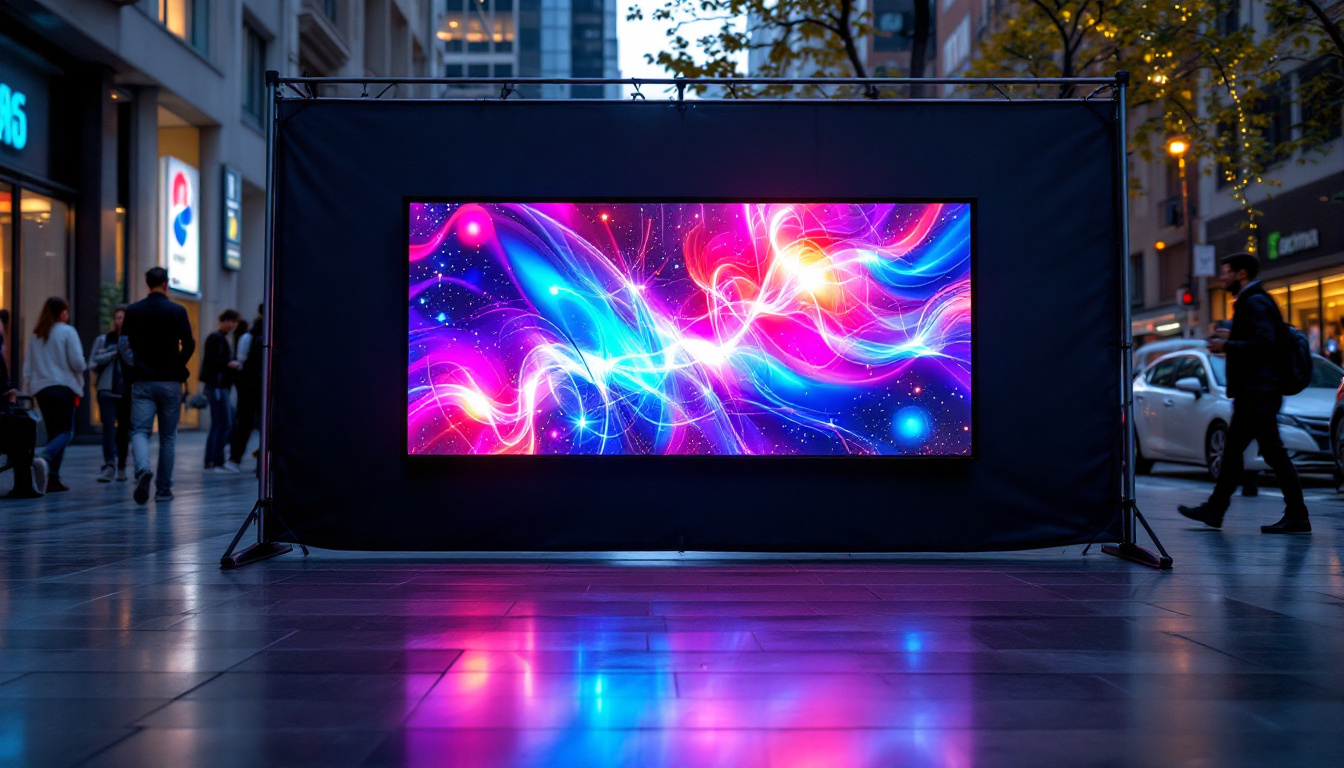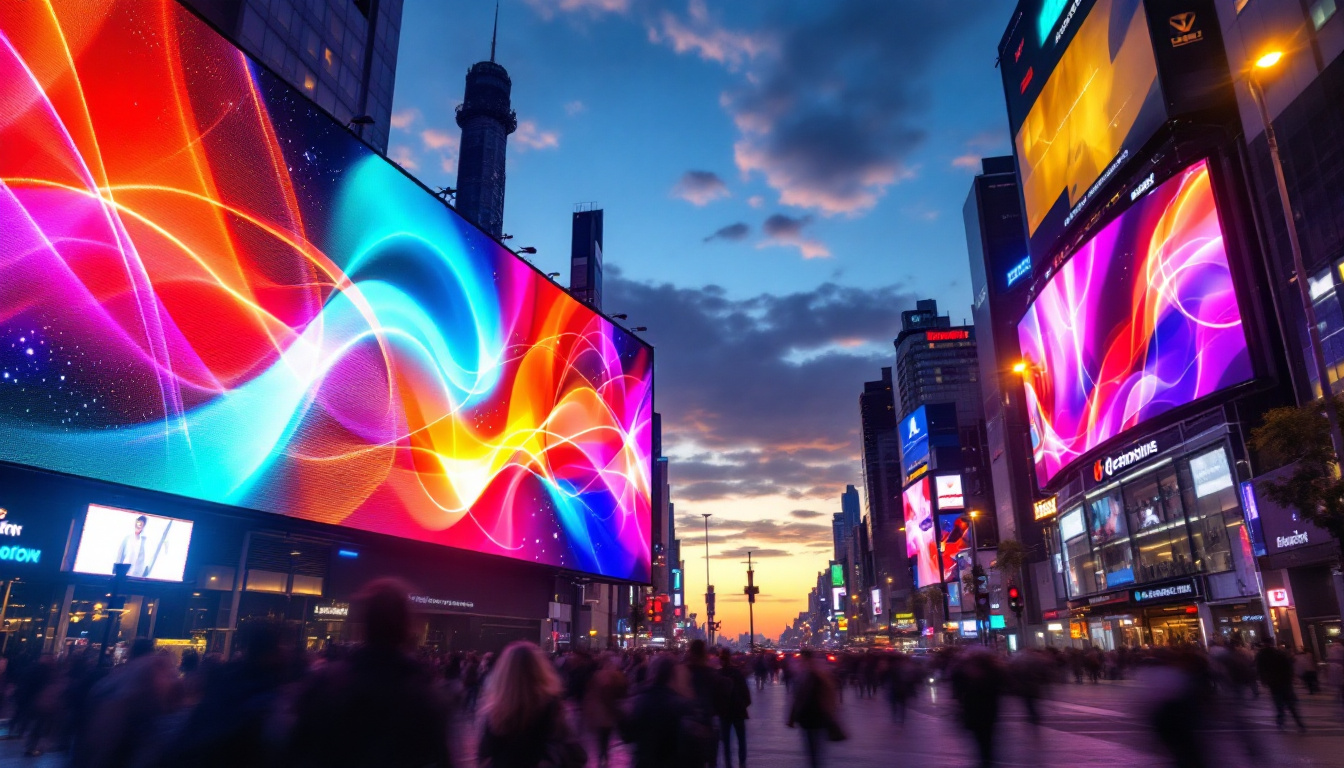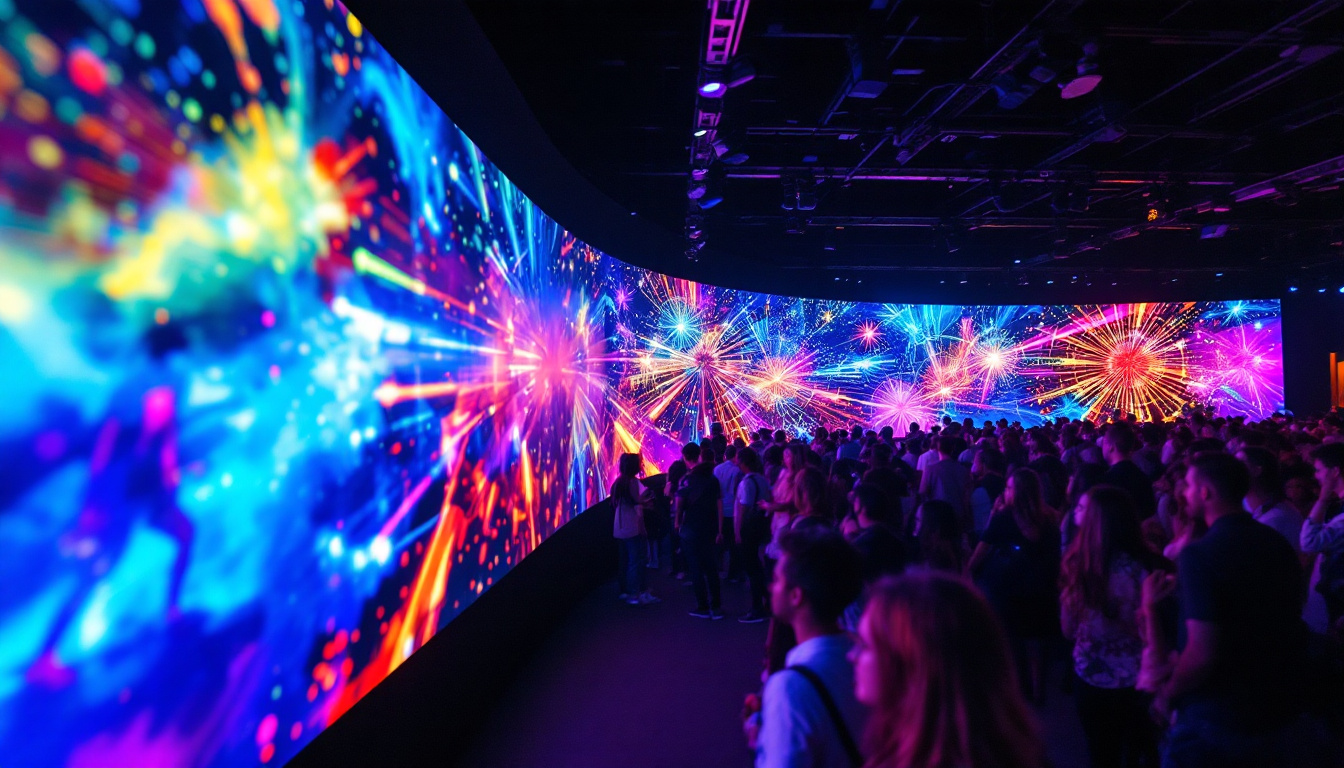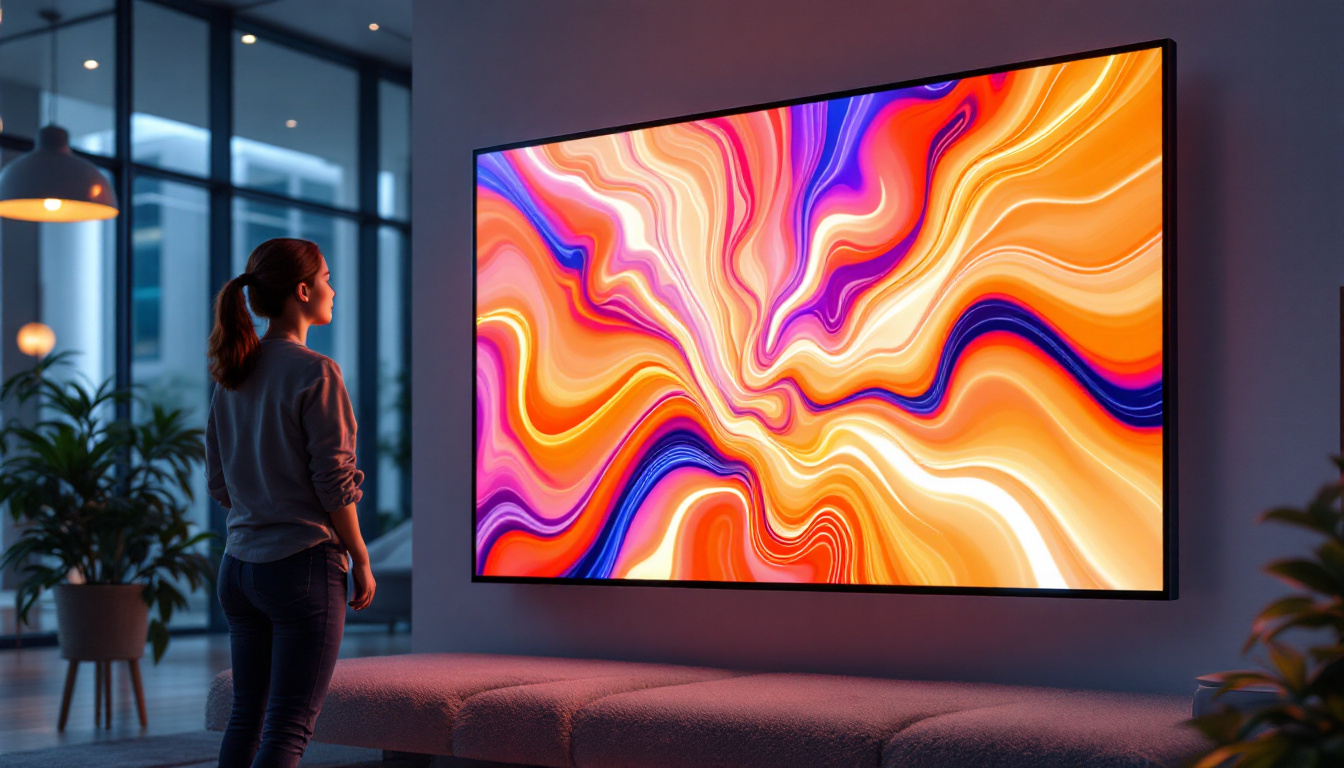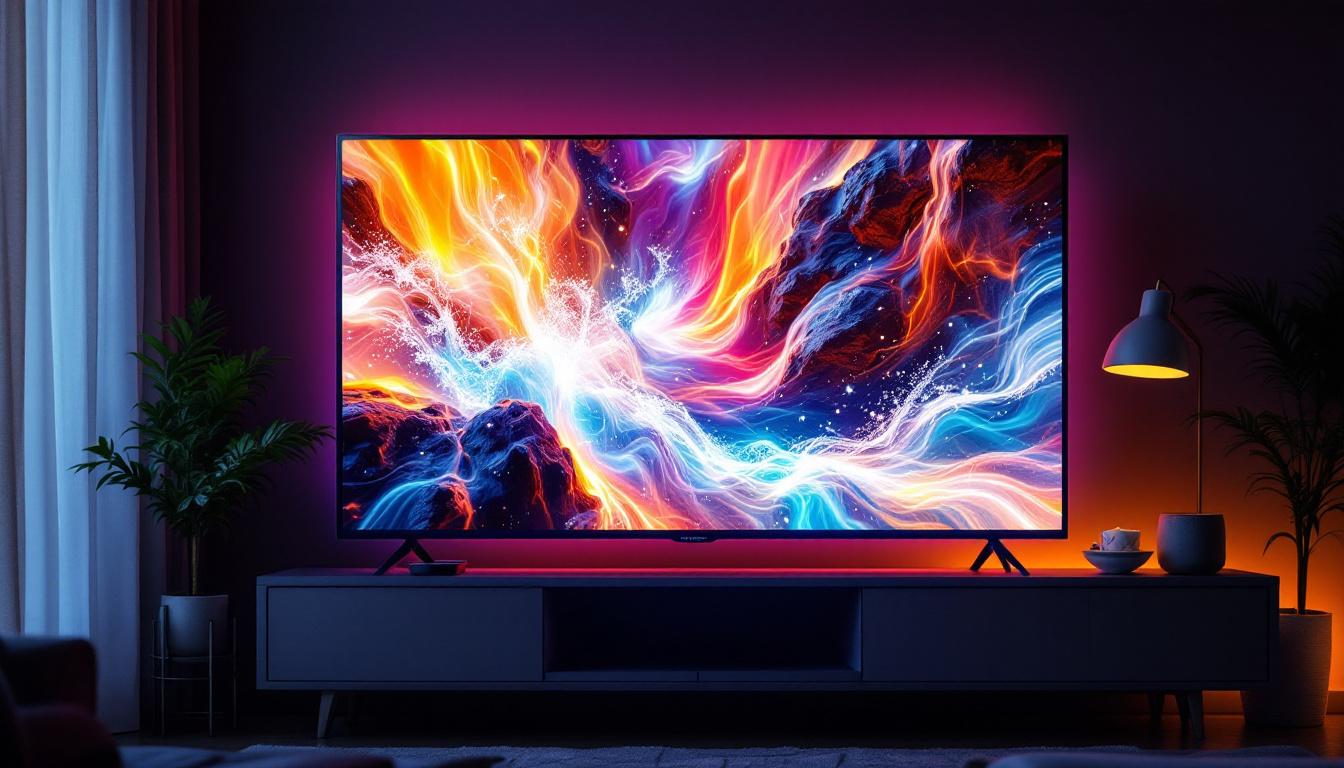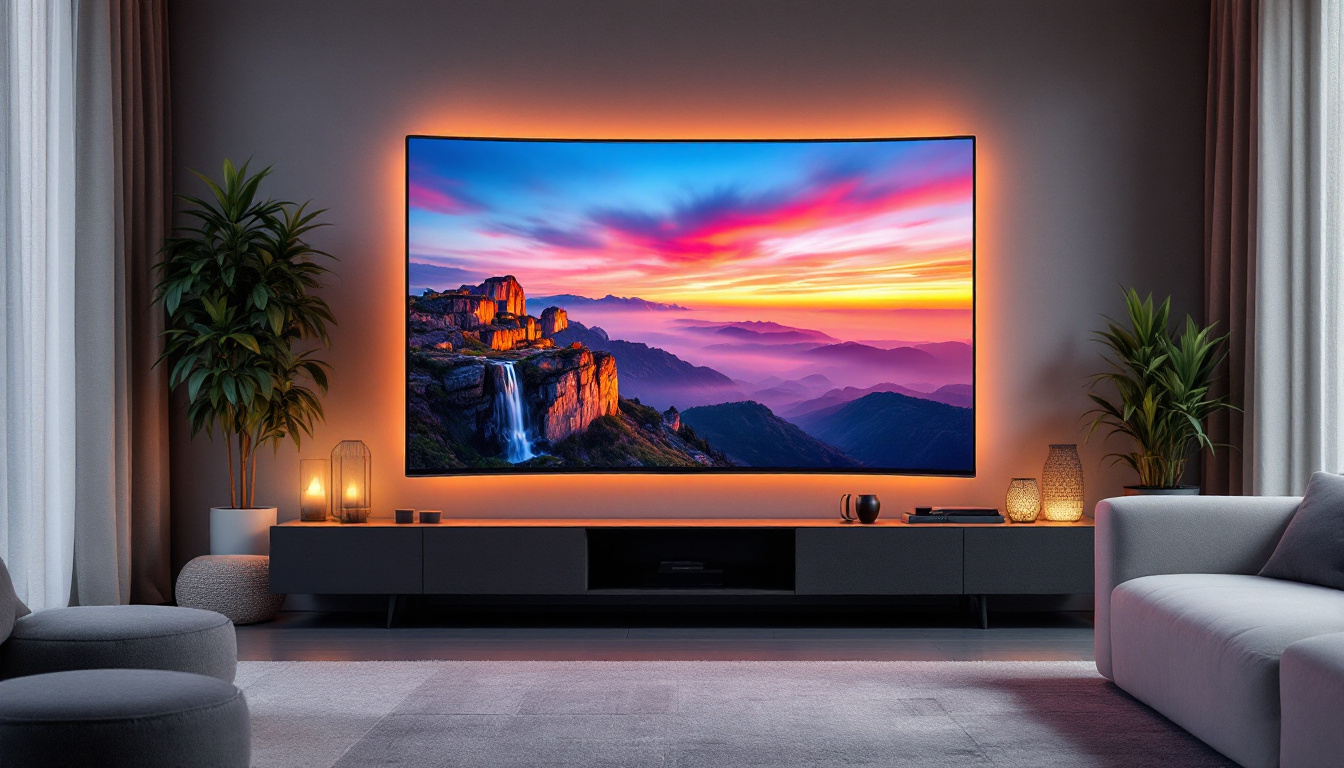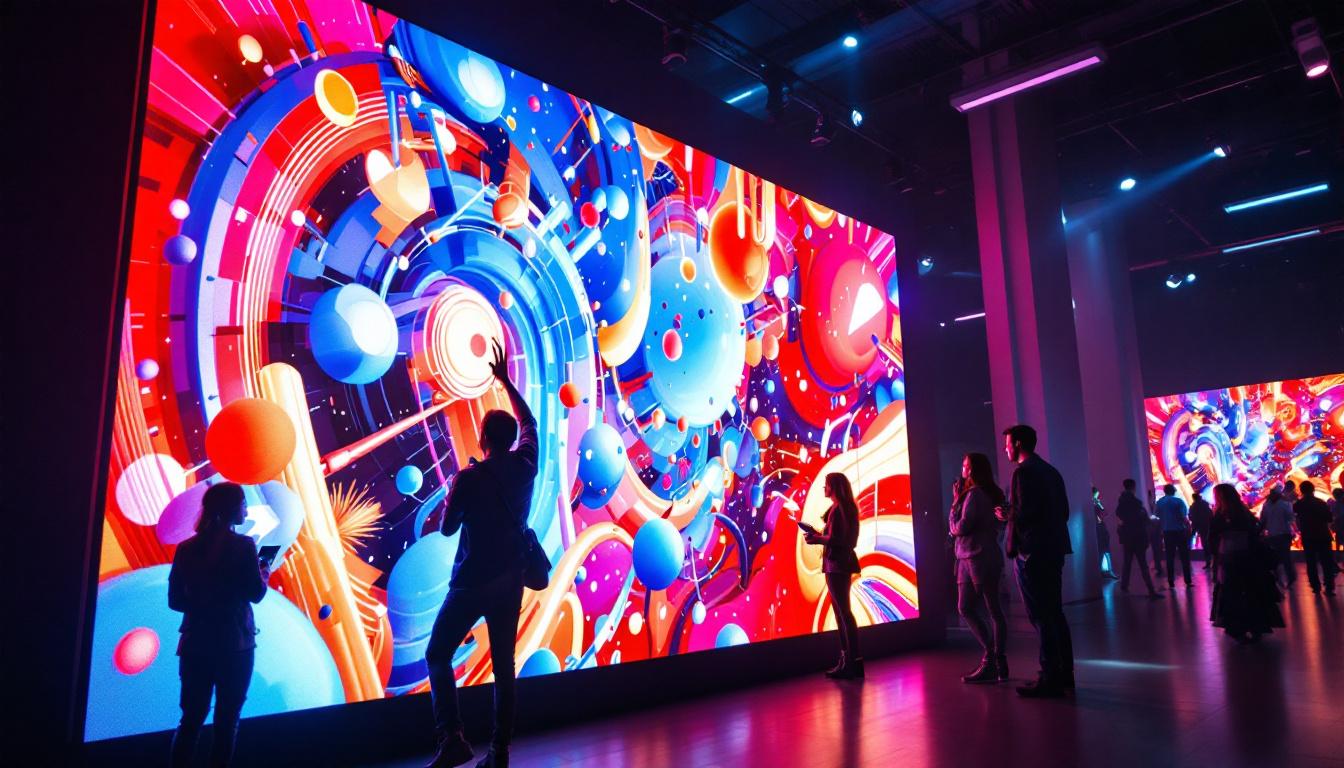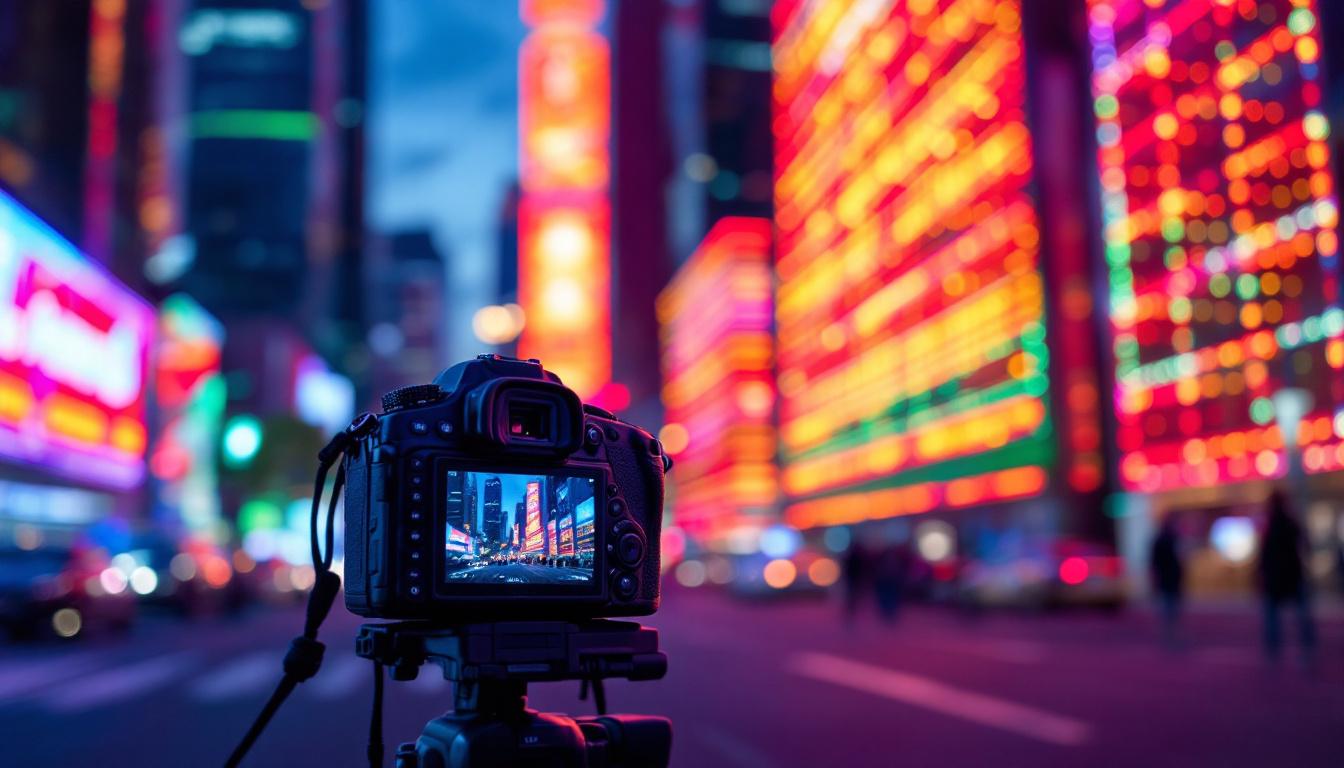In today’s digital age, LED displays have become an integral part of how information and visuals are presented in both commercial and personal environments. From vibrant advertising billboards to the sleek screens of smartphones and televisions, LED technology powers crystal-clear displays that captivate audiences worldwide. This article delves into the fundamentals of LED lighting for crystal displays, exploring how LED displays work, their advantages, and why they have become the preferred choice for modern digital screens.
Understanding LED Technology in Crystal Displays
LED stands for Light Emitting Diode, a semiconductor device that emits light when an electric current passes through it. Unlike traditional lighting methods, LEDs produce light efficiently and with greater control over color and brightness. When integrated into crystal displays—often referring to Liquid Crystal Displays (LCDs)—LEDs serve as the backlight source, illuminating the liquid crystals to create vivid images. This technology has revolutionized the way we experience visual media, from televisions to computer monitors, by providing sharper images and more vibrant colors that enhance the viewing experience.
LCDs themselves do not emit light; they rely on a backlight to make the images visible. Historically, cold cathode fluorescent lamps (CCFLs) were used for backlighting, but LEDs have largely replaced them due to their superior efficiency, lifespan, and environmental benefits. The combination of LED backlighting with liquid crystal technology results in displays that are thinner, brighter, and more energy-efficient. Furthermore, the longevity of LED technology means that consumers can enjoy their devices for longer periods without the need for frequent replacements, making it a more sustainable choice in the long run.
How LED Backlighting Works in LCDs
In an LED-backlit LCD, rows and columns of liquid crystals manipulate light to form images. The LED backlight shines through the liquid crystal layer and color filters, controlling the intensity and color of the light that reaches the viewer’s eyes. This process enables the display to produce a wide color gamut and high contrast ratios, which are essential for delivering a realistic viewing experience. The advancements in LED technology have also allowed for features such as HDR (High Dynamic Range), which further enhances the depth and richness of colors, making images appear more lifelike.
There are two primary types of LED backlighting used in LCDs:
- Edge-lit LED: LEDs are placed along the edges of the screen, and light is distributed evenly across the display using light guides. This design enables thinner displays but may have less uniform brightness. Edge-lit displays are particularly popular in ultra-slim televisions, where aesthetics and space-saving are priorities. However, they may struggle with dark scenes, as the light may not reach all areas of the screen evenly.
- Direct-lit LED: LEDs are positioned directly behind the LCD panel, allowing for more uniform light distribution and better contrast, especially when combined with local dimming technology. This method provides deeper blacks and brighter whites, enhancing the overall picture quality. Direct-lit displays are often favored for applications where color accuracy and contrast are critical, such as in graphic design and professional video editing.
As technology continues to evolve, new innovations in LED backlighting are emerging, such as Mini-LED and Micro-LED technologies. Mini-LED utilizes thousands of tiny LEDs for backlighting, allowing for even finer control over brightness and contrast, while Micro-LED represents a potential shift away from traditional LCD technology altogether, with self-emissive pixels that can produce light independently. These advancements are paving the way for even more immersive and dynamic visual experiences, further blurring the lines between reality and digital imagery.
Advantages of LED Displays Over Traditional Technologies
LED displays have revolutionized the visual display industry by offering several key benefits compared to older technologies like CCFL backlit LCDs or plasma screens. Understanding these advantages helps explain why LED displays dominate the market today.
Energy Efficiency and Environmental Impact
One of the most significant advantages of LED backlighting is its energy efficiency. LEDs consume up to 40% less power than CCFL backlights, which translates into lower energy bills and reduced environmental impact. This efficiency is particularly important for large displays and devices that operate continuously, such as digital signage and televisions.
Additionally, LEDs do not contain mercury, a hazardous substance found in CCFLs, making LED displays safer to manufacture, use, and dispose of. This environmental benefit aligns with global efforts to reduce toxic waste and promote sustainable technology.
Improved Display Quality
LED backlighting enhances display quality in several ways:
- Brightness: LEDs can achieve higher brightness levels, making displays more readable in bright environments, including outdoor settings.
- Contrast Ratio: Direct-lit LED displays with local dimming can turn off individual LED zones, producing deeper blacks and higher contrast ratios. This capability significantly improves image quality and viewing experience.
- Color Accuracy: LEDs can be tuned to emit specific wavelengths, enabling displays to cover a broader color spectrum and deliver more accurate and vibrant colors.
Longevity and Durability
LEDs boast a longer lifespan than CCFLs, often lasting upwards of 50,000 hours compared to 20,000 to 30,000 hours for CCFLs. This durability reduces the frequency and cost of maintenance and replacements, especially important for commercial applications where downtime can be costly.
Furthermore, LEDs are more resistant to shock and vibration, making them suitable for use in portable devices and outdoor displays exposed to varying environmental conditions.
Applications of LED Displays in Modern Technology
LED displays have found widespread adoption across various sectors due to their versatility and performance. Below are some key applications that highlight the importance of LED technology in crystal displays.
Consumer Electronics
From smartphones and tablets to televisions and computer monitors, LED-backlit LCDs dominate the consumer electronics market. The thin profile, high brightness, and energy efficiency of LED displays contribute to better user experiences and longer battery life in portable devices.
Recent innovations, such as OLED (Organic LED) displays, build upon LED technology by integrating organic compounds that emit light directly, eliminating the need for backlighting. However, traditional LED-backlit LCDs remain popular due to their cost-effectiveness and mature manufacturing processes.
Digital Signage and Advertising
Outdoor and indoor digital signage rely heavily on LED displays for their brightness and visibility under various lighting conditions. LED billboards and video walls can display dynamic content, attracting attention and delivering targeted advertising messages effectively.
The scalability of LED modules allows for the creation of massive displays with high resolution, suitable for stadiums, transportation hubs, and retail environments. The energy efficiency of LEDs also makes these large installations more sustainable.
Industrial and Medical Displays
In industrial settings, LED displays provide clear and reliable information for control rooms, manufacturing lines, and monitoring systems. Their durability and brightness ensure visibility even in challenging environments.
Medical devices utilize LED-backlit displays to present critical imaging and diagnostic information with high precision. The accurate color reproduction and contrast offered by LED technology support better clinical decisions.
Future Trends in LED Display Technology
The LED display industry continues to evolve rapidly, driven by advancements in materials science, manufacturing, and consumer demand for higher quality visuals. Several emerging trends are shaping the future of LED displays.
Mini-LED and Micro-LED Innovations
Mini-LED technology uses thousands of tiny LEDs as backlight sources, enabling even finer local dimming and improved contrast ratios. This approach bridges the gap between traditional LED-backlit LCDs and OLED displays, offering enhanced picture quality without some of OLED’s drawbacks, such as burn-in risk.
Micro-LED displays take this concept further by using microscopic LEDs that emit light individually, eliminating the need for backlighting altogether. Micro-LEDs promise exceptional brightness, color accuracy, and energy efficiency, making them ideal for next-generation televisions, augmented reality devices, and large-scale digital signage.
Flexible and Transparent LED Displays
Research into flexible and transparent LED displays is opening new possibilities for design and application. Flexible displays can be integrated into curved surfaces, wearable devices, and foldable gadgets, while transparent LEDs allow for innovative uses in retail windows, automotive heads-up displays, and architectural installations.
Integration with Smart Technologies
As the Internet of Things (IoT) expands, LED displays are becoming smarter and more interactive. Integration with sensors, cameras, and AI-powered software enables adaptive brightness, personalized content, and enhanced user engagement. Smart LED displays are increasingly used in retail, education, and public information systems.
Choosing the Right LED Display for Your Needs
Whether selecting an LED display for personal use, business, or industrial applications, understanding key factors can guide the decision-making process to ensure optimal performance and value.
Resolution and Pixel Density
The resolution of an LED display determines the level of detail it can present. Higher pixel density results in sharper images, which is crucial for close viewing distances such as smartphones and monitors. For large-format displays viewed from afar, resolution requirements may be lower, but brightness and size become more important.
Brightness and Contrast Requirements
Consider the environment where the display will be used. Outdoor displays require high brightness levels (often above 1,000 nits) to remain visible in sunlight, while indoor displays can operate at lower brightness but benefit from higher contrast for image quality.
Energy Consumption and Operating Costs
Energy efficiency impacts not only environmental footprint but also operating expenses. LED displays generally offer lower power consumption compared to older technologies, but it’s wise to compare specifications and consider features like automatic brightness adjustment to optimize energy use.
Durability and Maintenance
For commercial or industrial applications, durability against environmental factors such as moisture, dust, and temperature fluctuations is critical. Additionally, displays with modular designs can simplify maintenance and reduce downtime.
Conclusion
LED lighting has transformed crystal displays by providing efficient, bright, and high-quality illumination that enhances the viewing experience across countless applications. The shift from traditional backlighting to LED technology has brought significant benefits in energy savings, environmental safety, and display performance.
As LED display technology continues to advance with innovations like mini-LED, micro-LED, and flexible displays, the potential for more immersive and versatile visual experiences grows. Whether for consumer electronics, advertising, industrial use, or medical imaging, understanding the principles and advantages of LED displays empowers users to make informed choices that meet their specific needs.
In summary, LED light for crystal displays is not just a technical improvement—it is a foundational technology that defines the future of digital visualization.
Illuminate Your Space with LumenMatrix
Ready to elevate your visual experience with the latest in LED display technology? LumenMatrix is at the forefront of innovation, offering a diverse range of LED display solutions tailored to your needs. From captivating Indoor LED Walls to dynamic Outdoor LED Displays, and from versatile Vehicle LED Displays to sleek LED Poster Displays, our mission is to revolutionize your visual communication. Engage and captivate your audience with unparalleled clarity and impact. Don’t wait to transform your space—Check out LumenMatrix LED Display Solutions today and see the difference for yourself.



